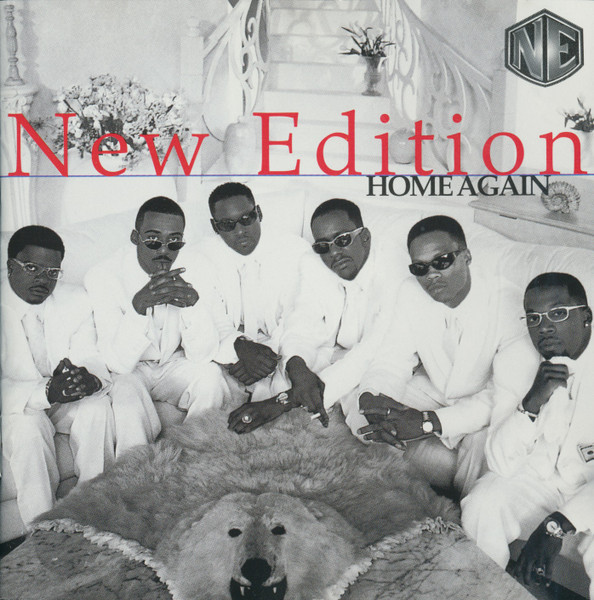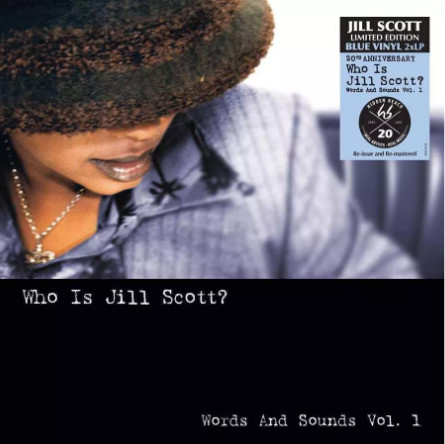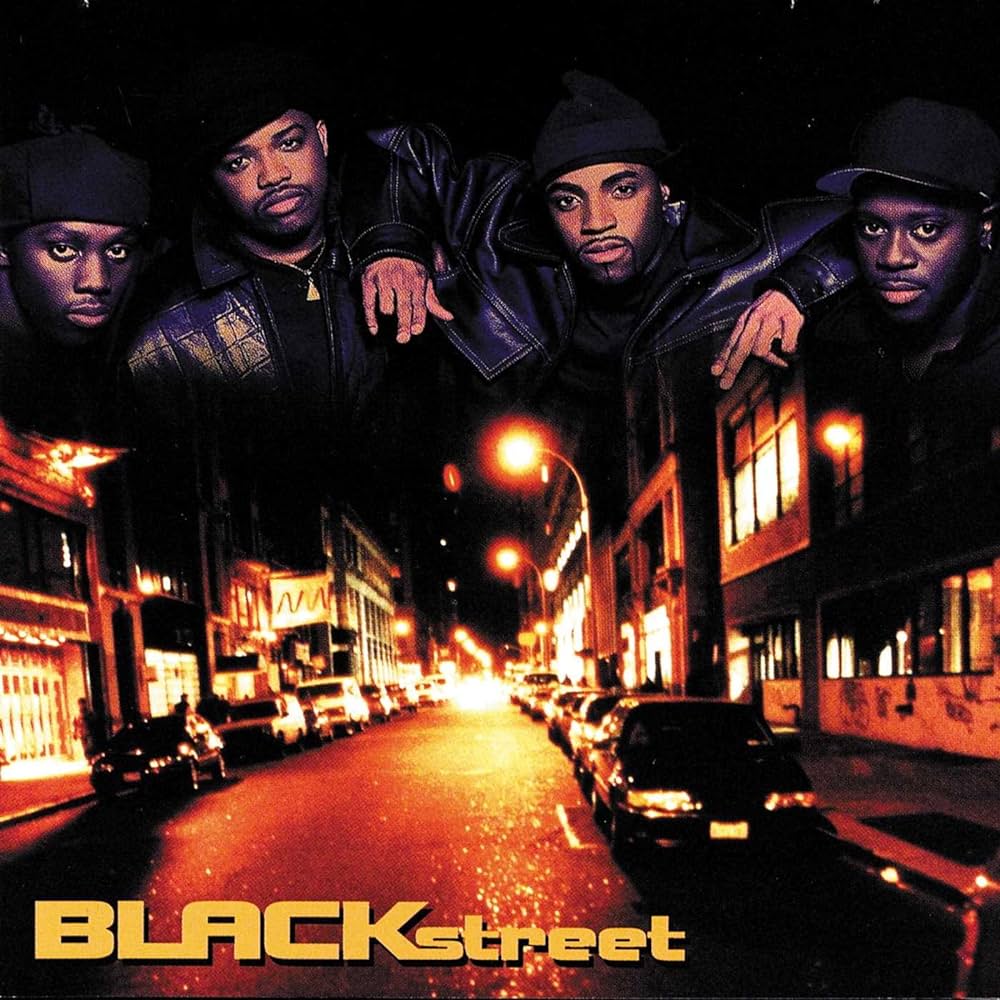“The Writing’s on the Wall,” released on July 14, 1999, stands as Destiny’s Child’s seminal second studio album, marking a pivotal moment in the evolution of late 90s R&B. This record not only solidified the group’s presence in the music industry but also showcased their innovative approach to blending traditional R&B with contemporary sounds.
Musical Composition and Themes
Diverging from their neo-soul-influenced debut, Destiny’s Child embraced a more eclectic mix of R&B, pop, hip-hop, and soul in this album. The tracks are characterized by unconventional sound elements, intricate arrangements, and the distinctive staccato rap vocals that became a signature of their style. The album is structured conceptually, with each song representing a “Commandment of Relationships,” drawing inspiration from the Ten Commandments. This thematic framework explores various facets of romantic relationships, including infatuation, dependency, infidelity, and heartbreak, all while maintaining subtle religious undertones.
Critical Reception
Upon its release, “The Writing’s on the Wall” garnered mixed to positive reviews. Stephen Thomas Erlewine of AllMusic noted that despite some uneven songwriting, the album was a significant improvement over their debut, praising its production quality and the selection of collaborators. Dele Fadele from NME highlighted the album’s contemporary sound, citing tracks like “Confessions” and “If You Leave” as standout moments. However, not all feedback was favorable; Rob Sheffield of Rolling Stone critiqued the album for lacking a standout melody that could elevate it to a major hit status. Retrospective reviews have been more appreciative, acknowledging the album’s impact on shaping R&B trends in the early 2000s and its feminist lyrical nuances.
Commercial Success
Commercially, the album was a powerhouse. It debuted at number six on the U.S. Billboard 200, selling approximately 133,000 units in its first week, and later peaked at number five. The Recording Industry Association of America (RIAA) certified it octuple platinum, reflecting shipments of eight million units in the United States alone. Globally, it sold over 13 million copies, making it one of the best-selling albums by a girl group and a monumental success in the R&B genre.
Notable Singles
The album produced four singles:
- “Bills, Bills, Bills”
- “Bug a Boo”
- “Say My Name”
- “Jumpin’, Jumpin'”
Both “Bills, Bills, Bills” and “Say My Name” reached number one on the Billboard Hot 100. “Say My Name” was particularly successful, earning Destiny’s Child two Grammy Awards in 2001 for Best R&B Performance by a Duo or Group with Vocals and Best R&B Song.
Legacy and Influence
“The Writing’s on the Wall” is widely regarded as Destiny’s Child’s breakthrough album, propelling them to international stardom. Its innovative sound and thematic depth have influenced numerous artists and left an indelible mark on the R&B landscape. The album’s exploration of feminist themes and relationship dynamics resonated with a broad audience, contributing to its enduring relevance in contemporary music discussions.
In summary, “The Writing’s on the Wall” is a landmark album that not only defined Destiny’s Child’s career but also played a crucial role in shaping the direction of R&B music at the turn of the millennium. Its blend of innovative production, thematic coherence, and commercial success cements its status as a classic in modern music history.





